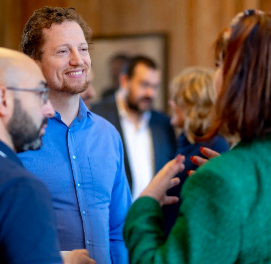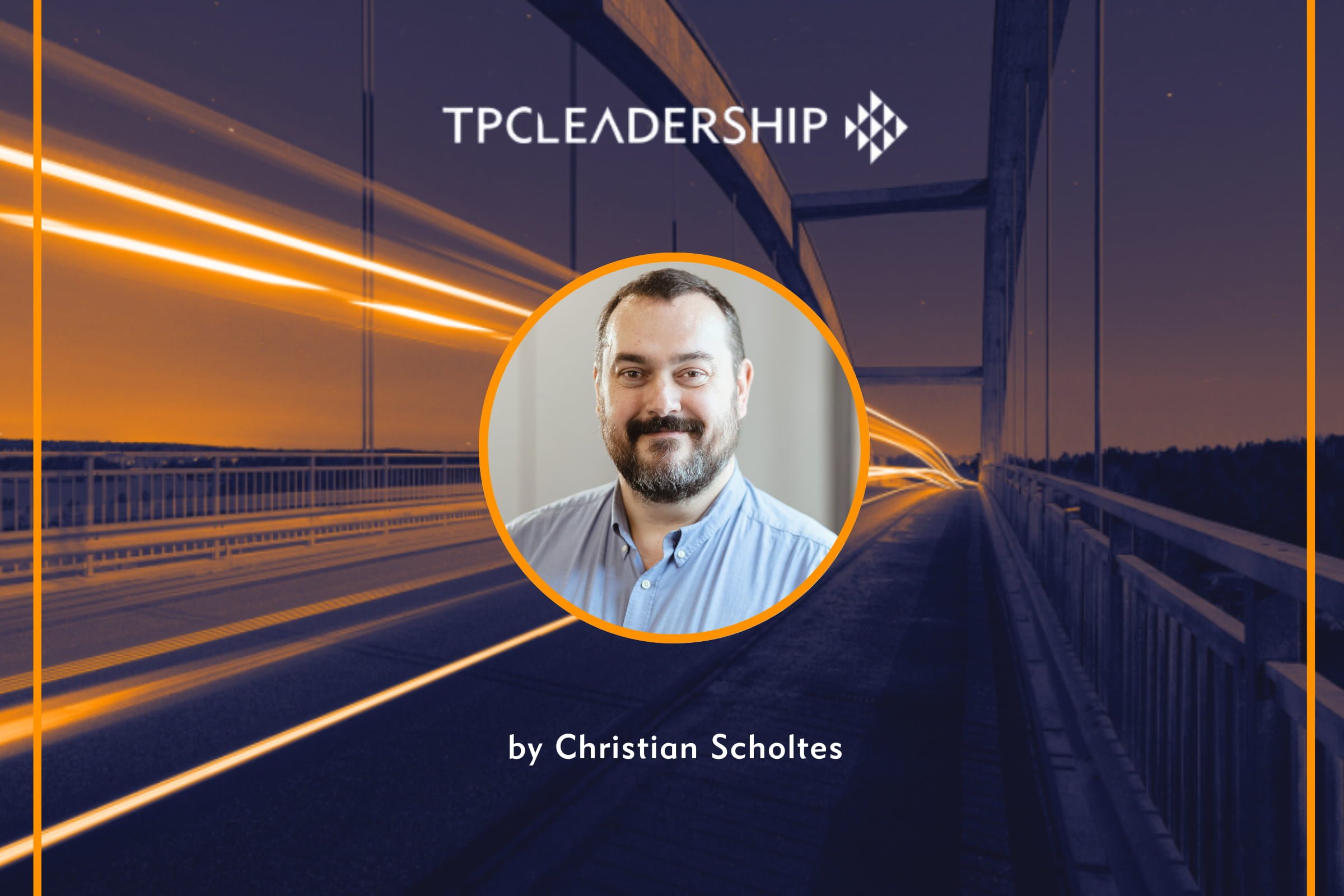No project within an organisation can be deemed a success unless its results can be measured. Equally no leader can lead without some idea of destination.
As leadership consultants we sometimes feel like detectives, asking questions of everybody who might be invested in the project. Just as a detective is trying to get to the bottom of their suspect’s story, we too just want to understand the whole picture. We’re trying to uncover all there is to know about the current situation and establish the end point we want to reach.
And then we’ll put in place measures to ensure we will know when we’ve successfully achieved those ambitions.
Asking the right questions
All of this is necessarily a series of questions in one form or another.
Andrea Cardillo, TPCL Managing Partner in Milan, starts from the endpoint. The fundamental question: What are the business goals the organisation is trying to achieve? And what challenges is the organisation facing that might prevent it being able to meet these? Think internally and externally.
Next he looks at the behaviours that would best support the organisation to achieve those goals and the culture and structure required to support those behaviours. Finally, the style of leadership that will create that culture.
It’s a systemic approach that can be summarised in four steps. Each of which, he suggests, can be defined by different KPIs and goals:
- The overall goals and the challenges to bring the vision up to date
- The behaviours supporting these goals
- The culture fostering these behaviours
- The leadership style promoting that culture
Choosing the right tools
As management consultants we have numerous tools in our arsenal; it’s just a matter of choosing the right ones. But in order to do that we must understand implicitly what we’re trying to find out. What are we trying to assess? Is it employee satisfaction? Happiness of customers? Business results? Behavioural habits?
This underlines the importance of being able to figure out precisely what the problem is or what we’re trying to do because without knowing that we can’t hope to measure our success.*
We might use specific KPIs to assess productivity, surveys to assess engagement or psychometrics to access potential. But the tool has to fit the job for its result to offer any certainty.
If the goal is a reduction in staff turnover for example, we could measure engagement through employee surveys. We may see a high level of engagement translate to a reduction in turnover or absenteeism. But to create the right tools we must understand what we’re looking to discover from the answers.
Remember it’s a marathon not a sprint
Success in a leadership consultancy project isn’t always seen in the immediate term. Changes take time to bed in, time to enter the organisation’s consciousness. Creating a leadership model is easy and can be relatively quick, but translating that into HR structures or strategies in a way that creates a lasting, discernible change in culture can take years.
It’s only then, by tracking results over time and looking for consistent positive change that we are able to say whether the steps that were taken were the right ones and whether our goals have been met.
It can be difficult to correlate HR led culture change to a direct impact on productivity. But that doesn’t mean you shouldn’t try.
If you’d like to learn more about our proven track record of results, contact the authors or your local TPCL team for a conversation about your organisational objectives and challenges.
Co-written by Andrea Cardillo, Managing Partner TPCL Italy and Christian Scholtes, Managing Partner TPCL Romania @Copyright TPCL (2020)
- Navigating change is now more important than ever. This article is part of a six-part TPC Leadership original series on leadership consultancy – and its role in helping organisations engage with the bigger picture while staying adaptable to the present moment. Check out the next article in this series: ‘When might you need leadership consultancy and who should be involved’.





